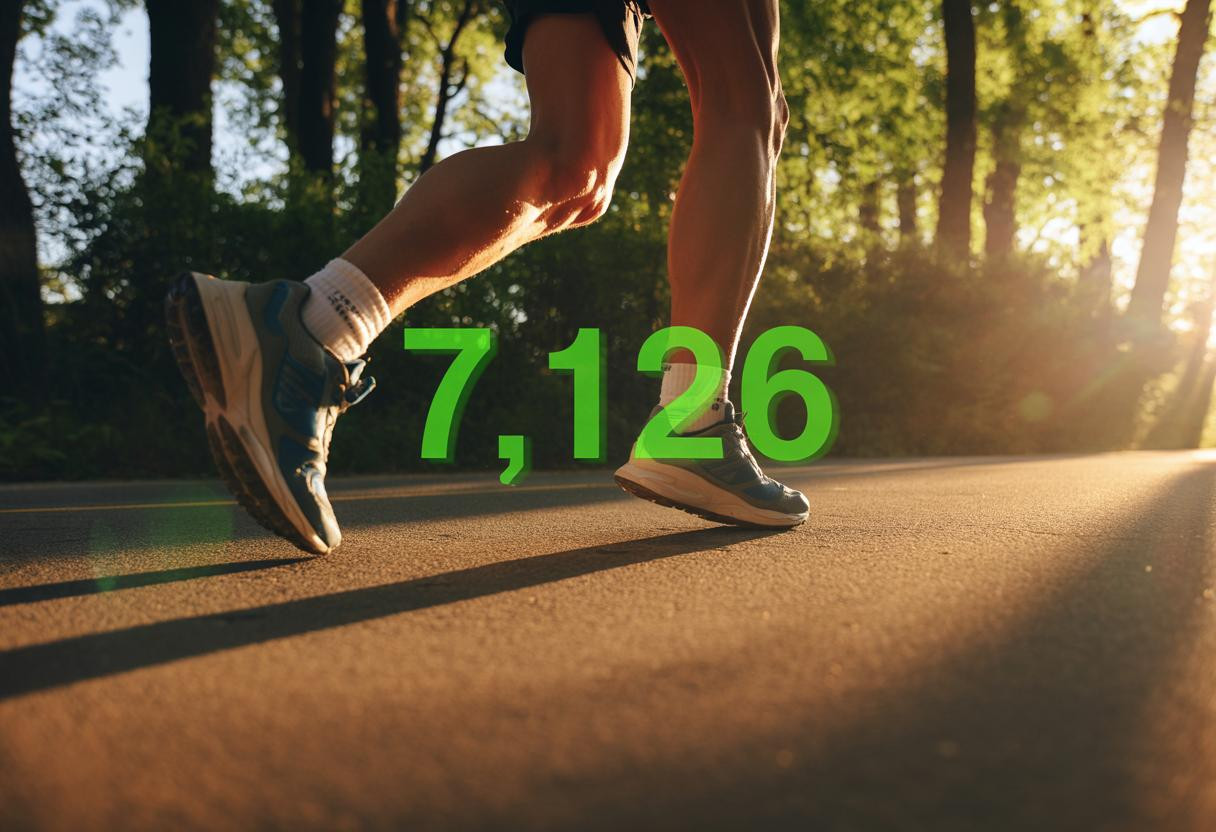Scientists just shattered the most persistent fitness myth of our generation: walking 10,000 steps daily isn’t the golden standard we’ve been led to believe. Recent Harvard research reveals that mortality benefits plateau at just 7,126 steps, while cardiovascular protection maxes out around 8,800 steps. This arbitrary number, born from a 1960s Japanese marketing campaign, has misguided millions toward an ineffective fitness approach.
The shocking truth behind our step obsession
The 10,000-step target emerged from pure marketing genius, not medical science. In 1965, Japanese company Yamasa created the “Manpo-kei” pedometer, choosing 10,000 because it’s considered lucky in Japanese culture. Zero scientific research supported this number, yet it spread globally like wildfire.
Modern studies paint a dramatically different picture. A comprehensive analysis of over 47,000 adults found that people taking 4,400 steps daily had 40% lower mortality risk compared to the least active group. The benefits continued rising until approximately 7,500 steps, then flatlined completely.
“The relationship between steps and health outcomes isn’t linear,” explains Dr. I-Min Lee, the Harvard epidemiologist who led groundbreaking step research. “More isn’t always better after a certain threshold.”
Why your fitness tracker is lying to you
Quality trumps quantity every time
Traditional step counting ignores the most crucial factor: movement intensity and variety. A leisurely 10,000-step stroll burns fewer calories and provides less cardiovascular benefit than 6,000 brisk steps with intervals. Your body adapts to repetitive movement patterns, diminishing returns over time.
Consider this: 5-minute exercise routines that transform cardiovascular health can deliver superior results compared to hour-long walks at the same pace. Intensity creates metabolic disruption that forces adaptation, while monotonous stepping maintains status quo.
The demographic deception
Age dramatically changes optimal step requirements. Adults over 60 show maximum mortality benefits at around 6,000-8,000 steps, not 10,000. Forcing elderly individuals toward arbitrary goals increases injury risk while providing zero additional health benefits.
For aging populations, Pilates exercises that reduce fall risk by 47% in older adults may deliver superior health outcomes compared to obsessive step counting. Balance, flexibility, and strength training address age-related decline more effectively than pure volume.
The personalized movement revolution
Smart fitness approaches abandon one-size-fits-all mentality for individualized strategies. Your optimal step count depends on current fitness level, age, health conditions, and movement quality. Someone recovering from injury might benefit more from 3,000 mindful steps than 10,000 rushed ones.
Psychological factors matter enormously. Many people feel defeated when missing the 10,000-step target, leading to complete abandonment of physical activity. Ancient stress reduction techniques that complement physical activity emphasize sustainable, enjoyable movement over rigid numerical goals.
Revolutionary strategies that actually work
Start with your baseline
Track current activity for one week without changing behavior. Most sedentary adults average 2,000-4,000 steps daily. Adding just 1,000 steps provides significant health benefits without overwhelming your system.
Embrace movement diversity
Replace step obsession with activity variety. Combine walking with strength training, swimming, dancing, or yoga. Different movement patterns challenge various muscle groups and energy systems, maximizing health benefits while preventing overuse injuries.
Focus on intensity bursts
Incorporate 2-3 minutes of brisk walking or stair climbing into regular pace walks. These intensity intervals boost cardiovascular fitness more effectively than steady-state stepping. Your heart rate variability improves, metabolic flexibility increases, and calorie burn extends hours post-exercise.
Your movement future starts now
The 10,000-step myth represents outdated thinking in our evolving understanding of human movement. Optimal health comes from consistent, varied, enjoyable physical activity tailored to individual needs and capabilities. Your body craves movement diversity, not numerical tyranny. Start where you are, focus on quality over quantity, and celebrate every step toward a more active lifestyle.
